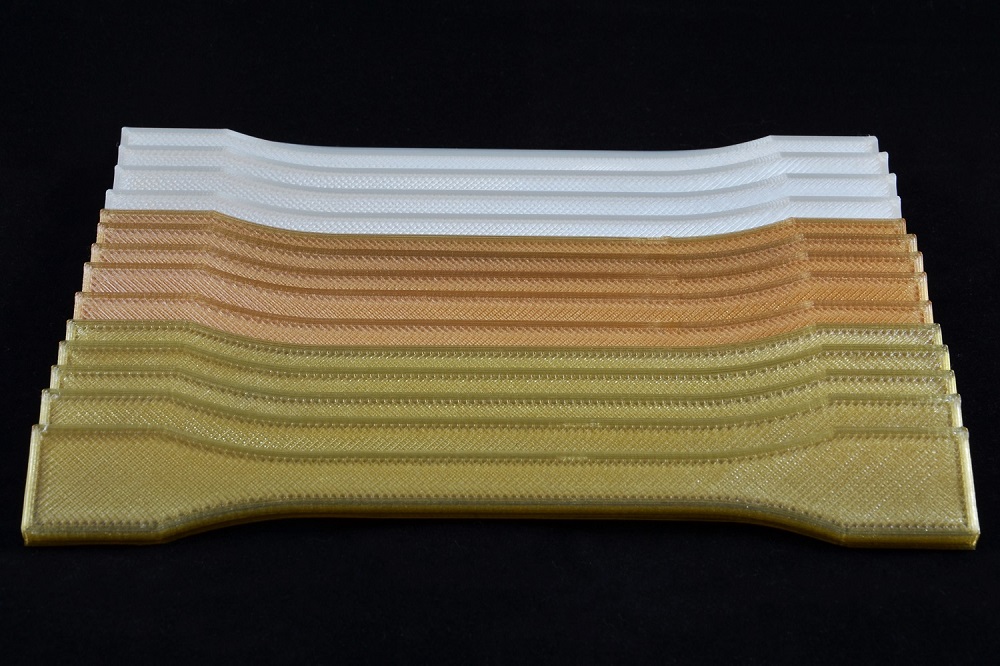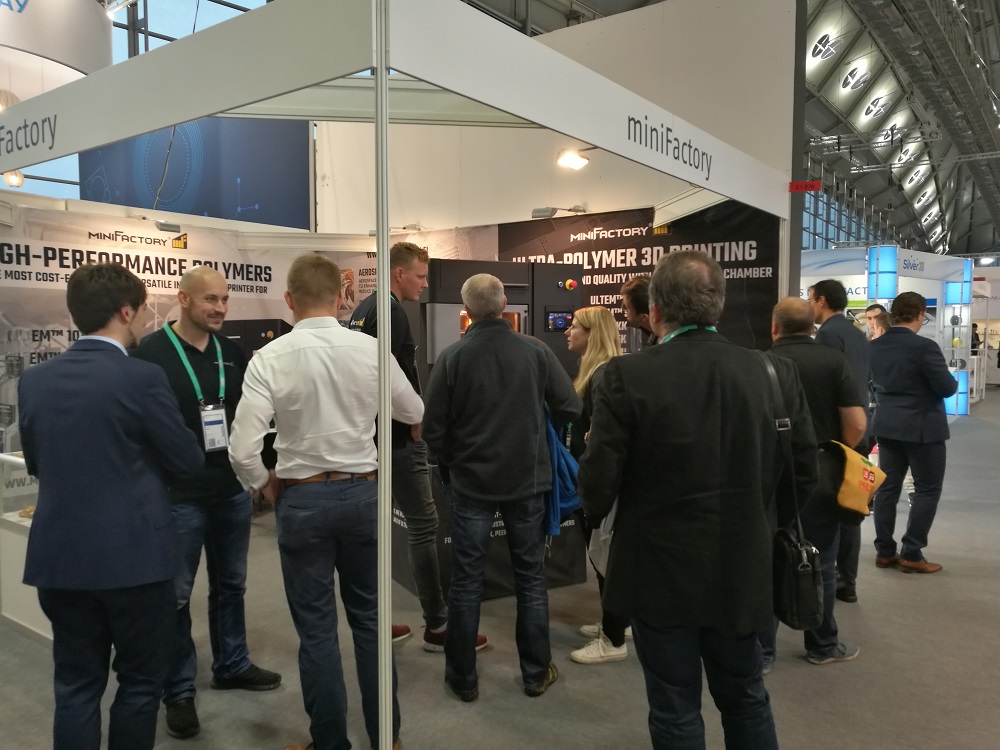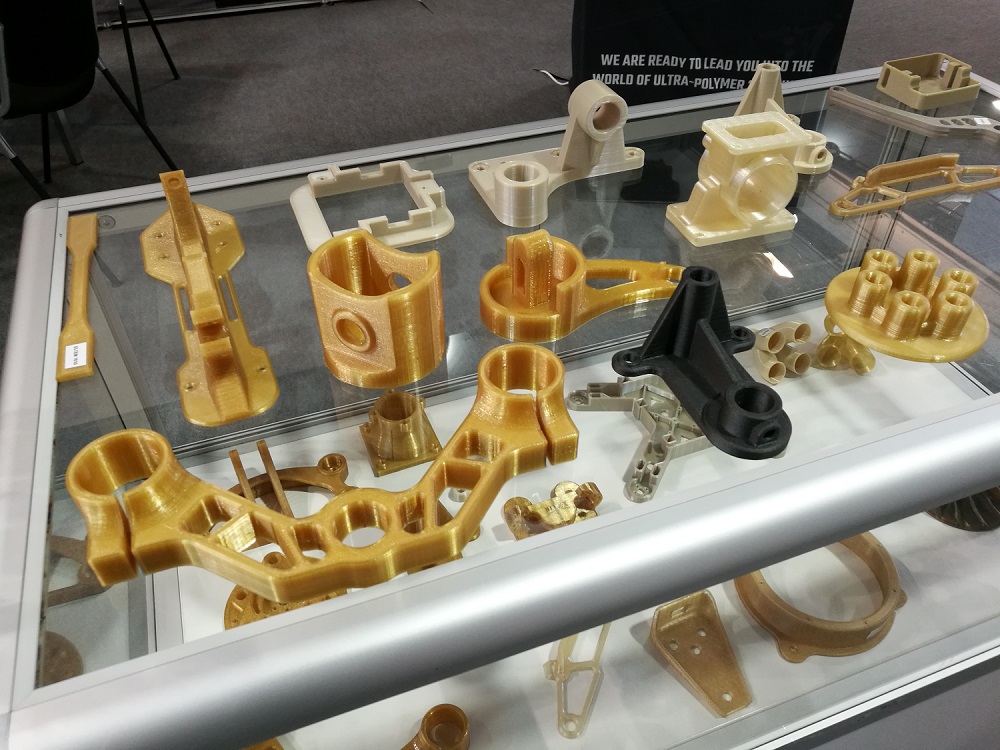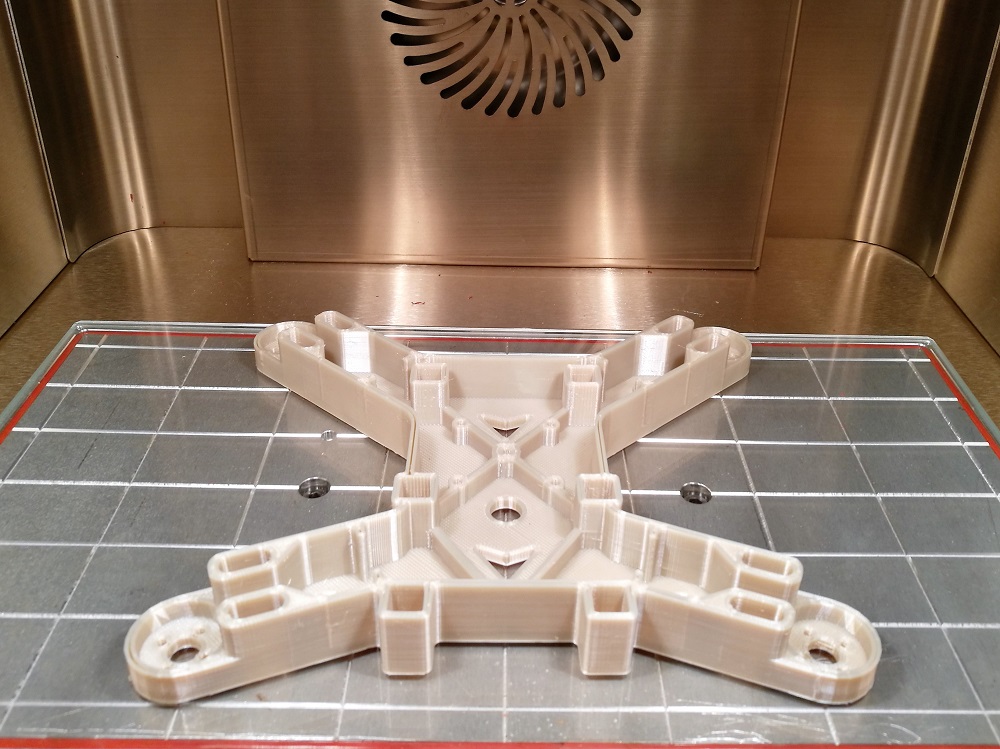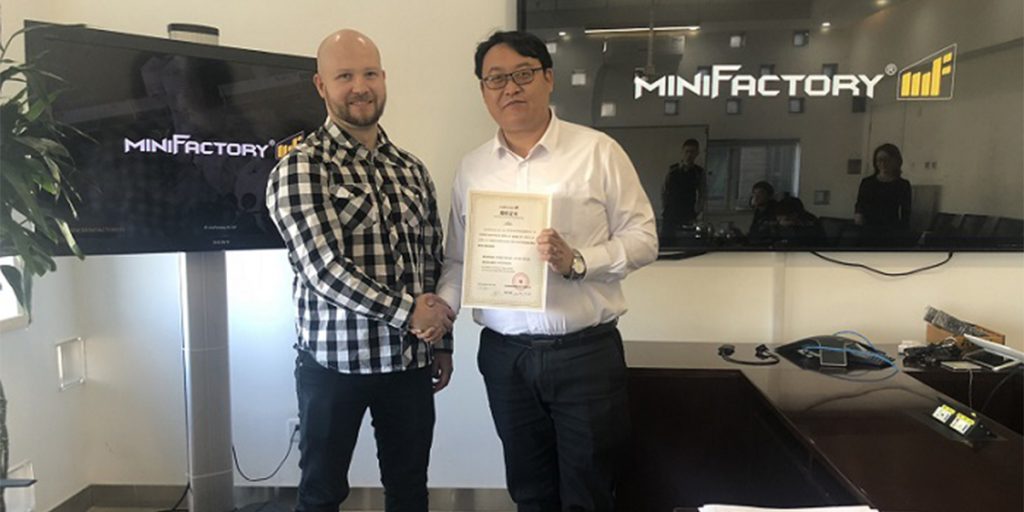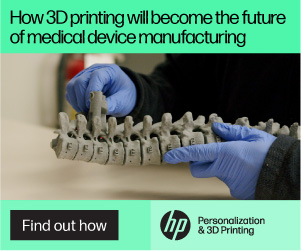 MiniFactory, headquartered in Finland, is known as the producer of hardware for companies interested in 3D printing with polymers; for example, their latest, the miniFactory Ultra 3D printer allows users to work with ULTEM, PEKK, PEEK, PPSU, and more. In their December newsletter, by Olli Pihlajamäki, the month’s activities are outlined and remarked on in full discourse, with a deep focus on how engineers are benefiting from the availability and use of ultra-polymers.
MiniFactory, headquartered in Finland, is known as the producer of hardware for companies interested in 3D printing with polymers; for example, their latest, the miniFactory Ultra 3D printer allows users to work with ULTEM, PEKK, PEEK, PPSU, and more. In their December newsletter, by Olli Pihlajamäki, the month’s activities are outlined and remarked on in full discourse, with a deep focus on how engineers are benefiting from the availability and use of ultra-polymers.
Known for a dedication to plastics in general, MiniFactory is now specializing in the ultra-high performance kind, allowing users to fine-tune their manufacturing of parts, whether they are for prototyping or functional use. Over the past six years, their name has continued to grow—in line with the 3D printing industry overall.
Now, along with accessibility and affordability for many users at the desktop, difficulty in using PEEK and other challenging plastics has become streamlined:
“The discussion around Ultra-polymer 3D printing is a hot topic. The high mechanical properties across a wide range of temperatures, excellent chemical resistance against fluids and ability to match thermal expansion to metals are the key advantages of these high-performance polymers,” states Pihlajamäki . “3D printing allows for reduction in system weight while allowing for improved efficiency and design flexibility. When 3D printing is combined with the ultra-polymers, it is possible to manufacture optimized and high-quality parts for real use. This way the material costs are far less than any other manufacturing method.”
Polymers are a hot topic indeed, and in the past temperature has been the obstacle for users, especially at the desktop.
“In practice, 3D printing ultra-polymers require more than just a hot nozzle and build plate. The heated printing chamber and enough heat during the print is the key of the process. Therefore, we can be sure the polymer chains are oriented randomly, and the polymer is in structural relaxation. With the miniFactory Ultra, the printing process is optimized for different high-performance polymers, ensures that the mechanical properties and dimensional accuracy of the printed parts are of high-quality.”
The Ultra has been on display at exhibitions around the world lately, allowing potential users a glimpse into the benefits of this high-performance 3D printer. At FormNext18, the MiniFactory team was able to share initial datasheets describing mechanical properties for 3D printed ultra-polymers, filling everyone in on how testing was performed—resulting in high-quality parts that offer true functionality in real-life applications.
“The parts were printed in XZ and ZX orientations to show the real-life performance of the manufacturing method,” says Pihlajamäki. “This way we give the engineers the data required to design parts for real use cases, since they know what to expect of the part in terms of mechanical properties.”
The MiniFactory December newsletter also announces that they have their first local reseller in place in China:
“We signed the contract last week in Beijing between our China team and their local reseller. It was an honour to take a part of that meeting and see that we are working with the best professionals in the industry. Therefore our plan for the next year is to find 4-5 authorized partners from different parts of China. We believe China will take a giant leaps with additive manufacturing during upcoming years. With our local team we want to be a significant and reliable partner for Chinese educational institutes and companies.”
Find out more about MiniFactory and its products here.
What do you think of this news? Let us know your thoughts! Join the discussion of this and other 3D printing topics at 3DPrintBoard.com.
Subscribe to Our Email Newsletter
Stay up-to-date on all the latest news from the 3D printing industry and receive information and offers from third party vendors.
You May Also Like
3D Printing Unpeeled: New Arkema Material for HP, Saddle and Macro MEMS
A new Arkema material for MJF is said to reduce costs per part by up to 25% and have an 85% reusability ratio. HP 3D HR PA 12 S has been...
3D Printing News Briefs, January 20, 2024: FDM, LPBF, Underwater 3D Printer, Racing, & More
We’re starting off with a process certification in today’s 3D Printing News Briefs, and then moving on to research about solute trapping, laser powder bed fusion, and then moving on...
3D Printing Webinar and Event Roundup: December 3, 2023
We’ve got plenty of events and webinars coming up for you this week! Quickparts is having a Manufacturing Roadshow, America Makes is holding a Member Town Hall, Stratafest makes two...
Formnext 2023 Day Three: Slam Dunk
I’m high—high on trade show. I’ve met numerous new faces and reconnected with old friends, creating an absolutely wonderful atmosphere. The excitement is palpable over several emerging developments. The high...


